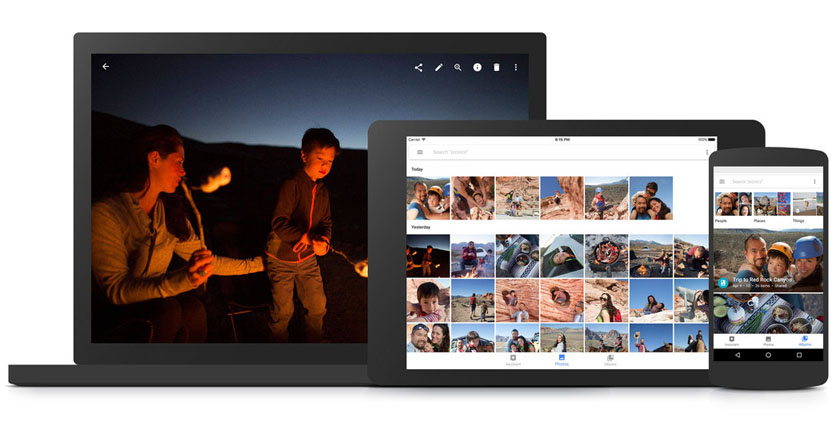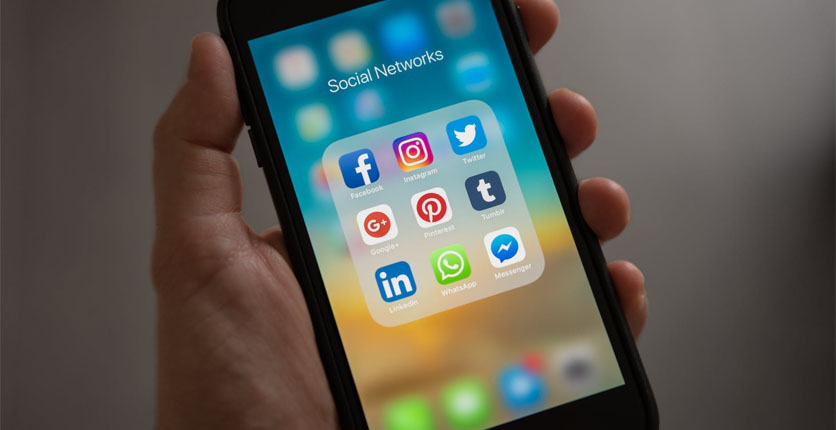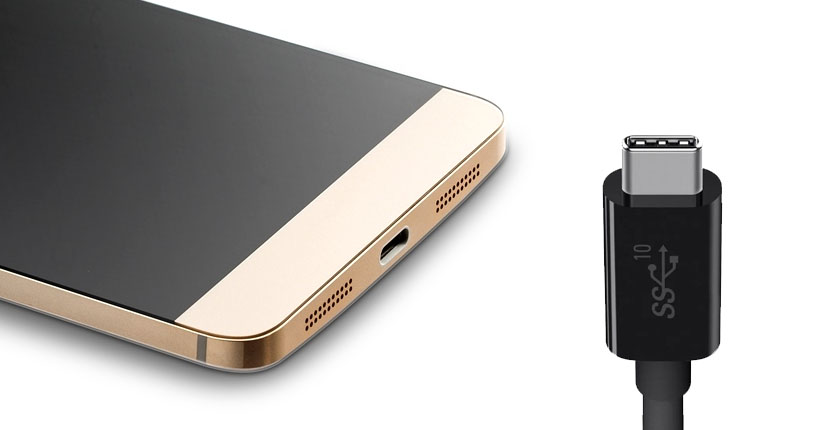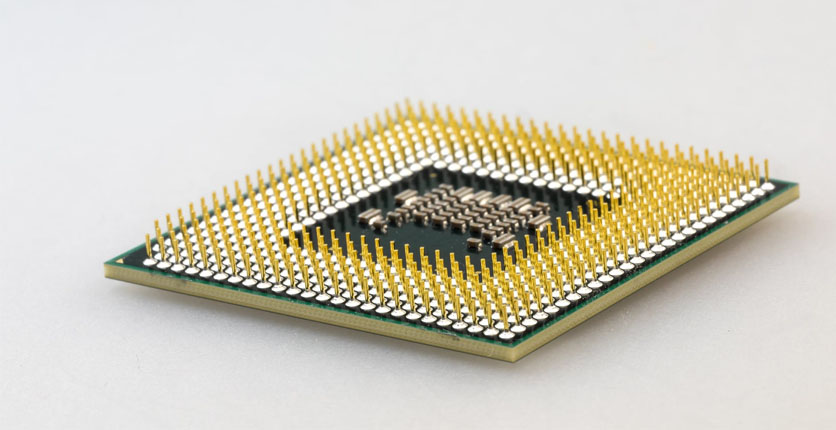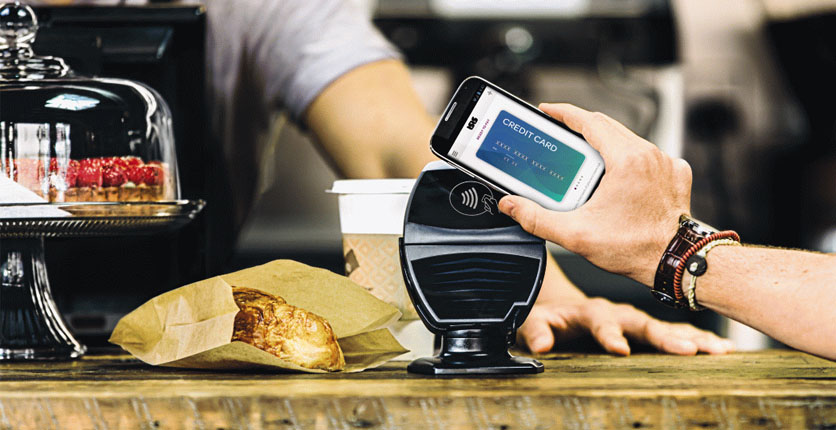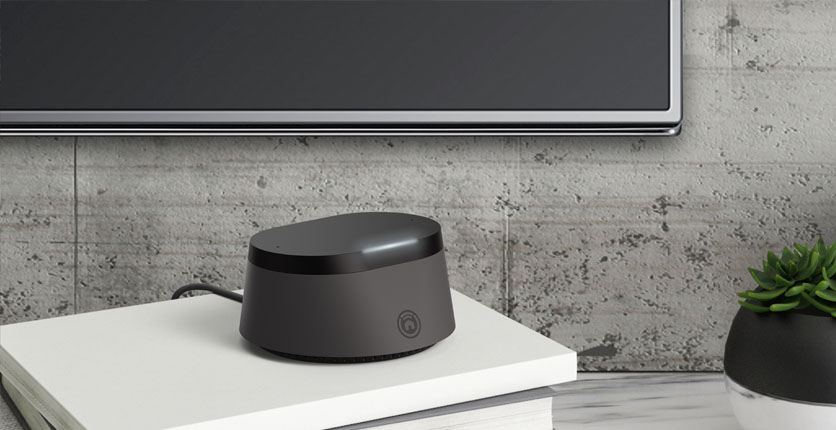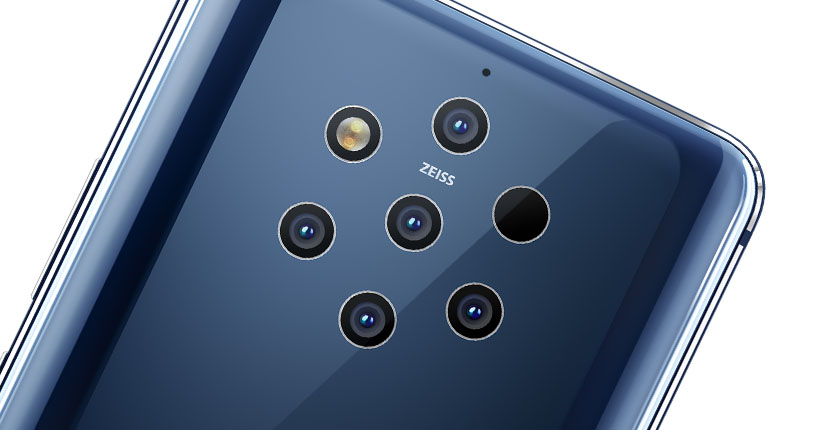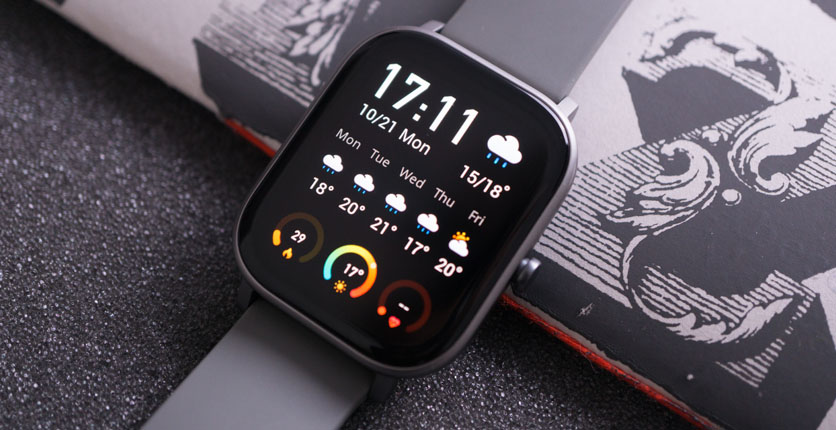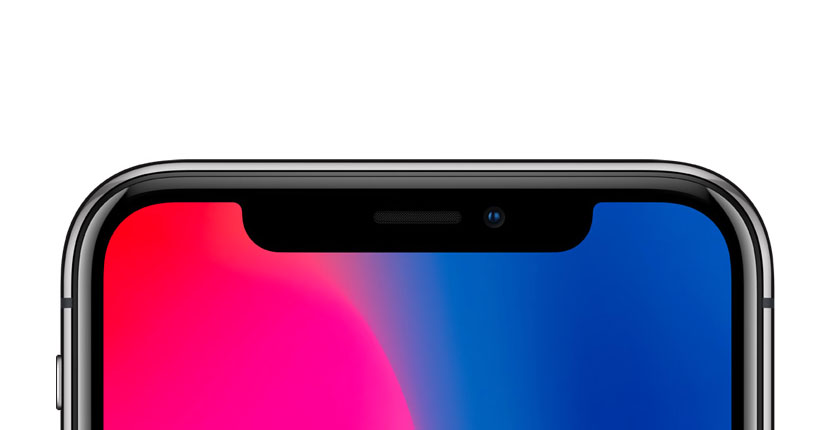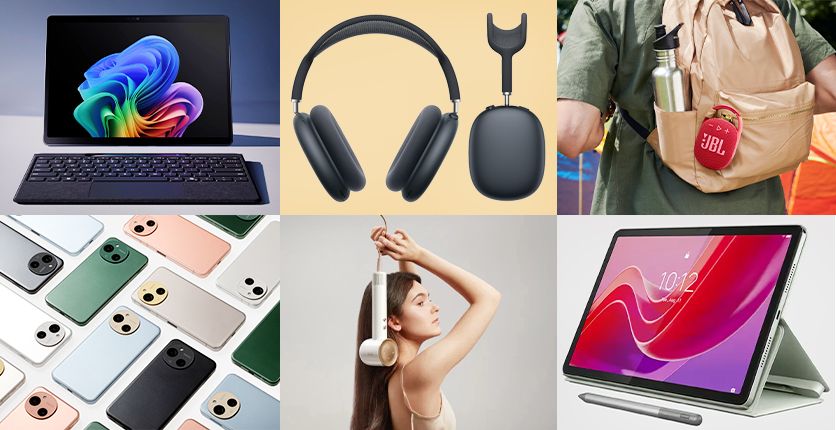As we power into the new decade, it’s worth taking a look back on the noteworthy technological advances of the 2010s. With so many innovations, it is breathtaking to see how fast the digital landscape has changed. We have shortlisted some innovations that have changed the way we live, work, and entertain ourselves.
E-commerce
The phrase “buy online cheaper” has become the ire of most brick-and-mortar retailers in Singapore as the rise of such shopping portals have seriously undercut the traditional shopping experience. It’s not uncommon to see many stores downsizing their physical locations but building a strong online presence on shopping portals.
Tablet Computer
In 2010, Apple released the iPad, the first mass-market tablet to achieve widespread popularity. Thereafter tablets rapidly rose in popularity, with manufacturers offering tablets in all flavours, even creating new segments such as “phablets” – a smartphone and tablet hybrid and “2-in-1 computers” – laptop computers with tablet functionality. It’s almost impossible to not operate a tablet in our daily lives, with tablets finding their way into point of sale systems, queue management, and even ordering food!
4G Network
With 5G on the horizon, take time to honor the fourth generation (4G) of mobile technology which follows the 2G and 3G networks that came before it. Currently the most used network by mobile network service providers, it offers hugely faster data transmission speeds. This allowed for real-time video conferencing or online gaming, high-definition video streaming and high-quality music on demand. The 4G network is arguably the main driver behind the high smartphone penetration rate in Singapore.
Virtual Reality
Virtual reality (VR) has always been about entertainment, with roots in video gaming. It eventually gained commercial purposes, such as learning public speaking, medical procedure training and flight simulations. The 2010’s saw widespread adoption of VR as displays shrunk to the size of your smartphone, coupled with the advancement in motion controllers from gaming consoles, meant that one could easily and affordably get on the VR bandwagon.
Messaging Apps
Once upon a time, SMS (short message service) was the way we sent text messages on our phones. With the increase in smartphone popularity, messaging apps gradually gained traction in our daily lives. It was much easier to create a chatroom, send messages to a group of your friends, and everyone could see the responses and directly respond. Messaging apps have since grown to provide more features, such as video and voice calls, photo sharing, and some even incorporate payment solutions.
USB-C
Formally known as “USB Type-C”, this connector was only finalized in 2014. Right now, it is the industry standard connector for both data and power using a single cable, and is now found on every modern device. On the more advanced devices, a single USB-C port can output video, audio, while simultaneously allowing for data transfer and power delivery. Gone are the days when you had to carry proprietary cables for the different gadgets you had.
Multi-Core Processing
The latest high-end consumer processors contain up to 64 cores, while the latest smartphones feature up to eight processor cores. Why? Processor manufacturers once used clock rates to increase performance, until they hit extreme power usage and high heat output issues. Parallel computing in the form of multi-core processors, coupled with the latest software written to take advantage of multi-cores, have helped to improve overall processing performance as well as energy efficiency.
Digital Payments / E-Wallets
A digital wallet, also known as an “e-Wallet”, is a device or online service that allows people to make electronic transactions. A prime example of an e-wallet would be stored value cards that you use to travel on public transport. Newer technologies such as Near Field Communication, as well as Quick Response (QR) code labels have allowed payments to be done on the phone, and with the myriad of apps on the phone makes it almost painless to send money to others – all without having to expose private banking information.
Virtual Assistants
With the mass-adoption of smartphones, services have been playing catch-up to what the phones are capable of. A virtual assistant is capable of understanding natural voice commands and completes tasks for the user. It is akin to having a personal assistant or secretary who handles your messages, looks up phone numbers, scheduling, placing phone calls and reminding you of your appointments. With more smart devices joining the home automation movement, virtual assistants can even prepare your morning coffee and draw the curtains to wake you up.
Mirrorless Digital Cameras
A mirrorless camera is precisely what it sounds like: A camera that does not have a mirror. Such cameras use image sensors that are exposed to light at all times, hence its lack of need for a mirror. The camera in your smartphone is a miniaturized mirrorless camera, and is the most convenient of all camera types. That said, dedicated cameras still have their place in delivering sharp image quality and mirrorless full-frame cameras are now penetrating into the professional segments.
Wearables
A “wearable” is a device that provides some digital function, usually in the form of a wristwatch. Wearables today range from step trackers, to smartwatches that run on independent operating systems. While early models could perform basic tasks such as calculations, number storage, infrared remote control and games, the past 10 years saw wearables advance along with the smartphones, with the most advanced offerings including media playback, mobile apps, a mobile operating system and full telephony functions.
Special mention: Smartphone Front-facing Camera
The trend of posting digital self-portrait photographs, can be traced to Japan in “purikura” – digital photo sticker booths. Eventually, Japanese mobile phones began including a front-facing camera, at a time when video calls were not widely available, which facilitated the creation of “selfies”. Today, while front-facing cameras and 4G networks make video conferencing a reality, let’s be honest: How many selfies/wefies have you taken to date?


